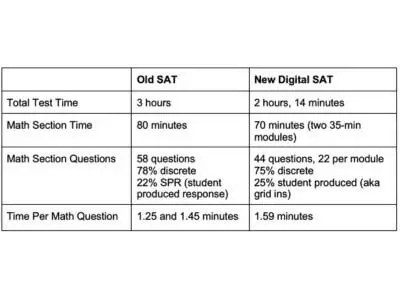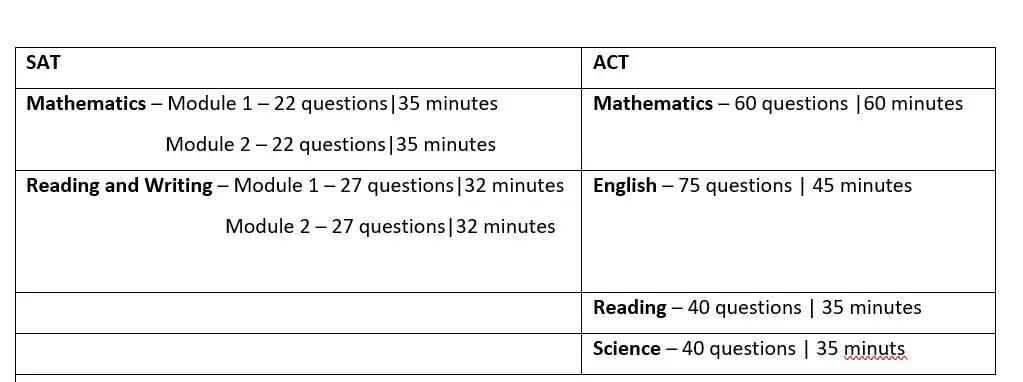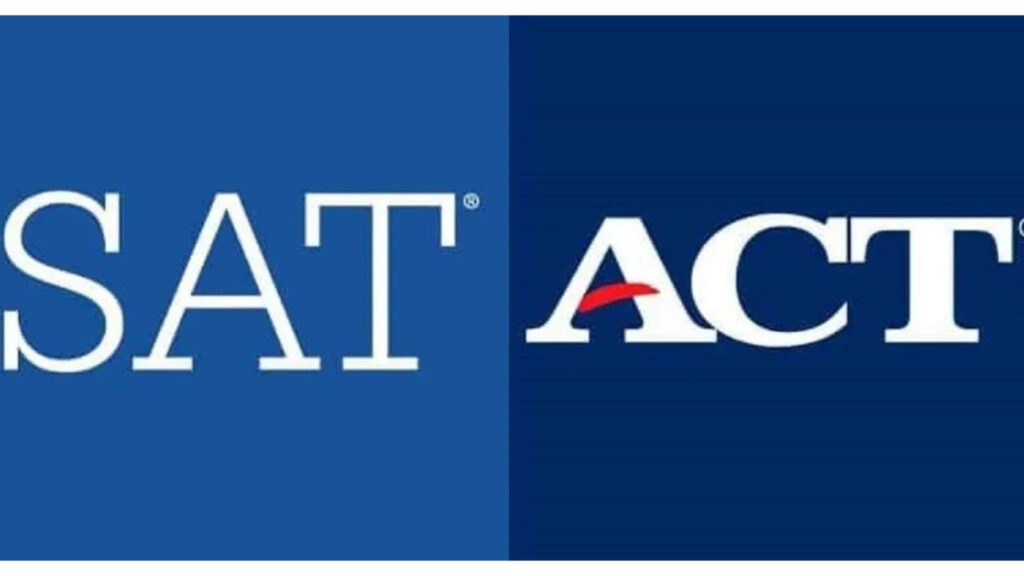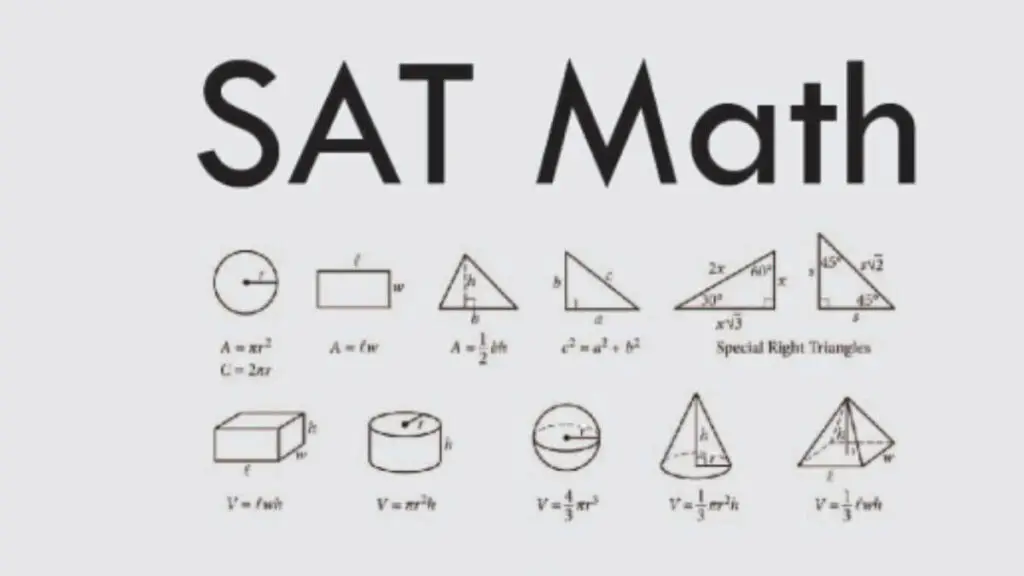About SAT Exam: A Comprehensive Overview
The SAT (Scholastic Assessment Test) is a standardized test widely used for college admissions in the United States. It assesses a student’s readiness for college and serves as a benchmark for comparing applicants. The test measures skills in evidence-based reading and writing (ERW), mathematics, and includes an optional essay section. This guide provides an in-depth overview about SAT exam, its structure, scoring, preparation strategies, and tips for success.
Table of Contents
Purpose of the SAT
The SAT is designed to evaluate the academic abilities and critical thinking skills of high school students. It helps colleges assess an applicant’s potential for academic success and readiness for college-level work. Many universities use SAT scores, along with high school GPA, extracurricular activities, and essays, as part of their admissions criteria.
Structure of the SAT
The SAT is divided into the following sections:

- Evidence-Based Reading and Writing (ERW):
- Reading Test: Focuses on reading comprehension, vocabulary in context, and analysis of passages.
- Writing and Language Test: Evaluates grammar, sentence structure, and rhetorical skills.
- Mathematics:
- Includes problem-solving, algebra, data analysis, and advanced math topics like trigonometry.
- Divided into two parts: one allowing calculator use and one without.
- Optional Essay (Discontinued after 2021):
- Evaluated writing and analytical skills based on a given passage.
SAT Scoring System
- The total SAT score ranges from 400 to 1600, combining the ERW (200–800) and Math (200–800) sections.
- Scores are scaled based on raw performance and adjusted to account for question difficulty.
- Percentile rankings indicate how a student performed compared to others.
Key SAT Preparation Strategies
- Understand the Test Format: Familiarize yourself with the types of questions and timing for each section.
- Take Practice Tests: Use official SAT practice tests to build confidence and improve time management.
- Review Mistakes: Analyze errors to understand weaknesses and avoid repeating them.
- Build Vocabulary and Reading Skills: Read challenging materials, such as articles and essays, to enhance comprehension and analytical abilities.
- Focus on Math Fundamentals: Strengthen skills in algebra, geometry, and data interpretation.
- Time Management: Practice pacing strategies to ensure all questions are attempted within the allotted time.
- Use Online Resources: Take advantage of SAT prep tools like Khan Academy, which offers free study plans.
SAT vs. ACT

Students often choose between the SAT and ACT based on their strengths. Key differences include:
- Science Section: The ACT includes a dedicated science section, while the SAT tests scientific reasoning within other sections.
- Math Focus: The SAT emphasizes data analysis and algebra, whereas the ACT includes more geometry and trigonometry.
- Timing: The ACT has more questions but allows less time per question compared to the SAT.
Common Pitfalls to Avoid About SAT Exam
- Ignoring Weak Areas: Focus on strengthening weaker sections rather than relying on stronger skills.
- Skipping Practice Tests: Regular practice is crucial for building stamina and improving performance.
- Overlooking Test Strategies: Learn techniques like process of elimination and educated guessing to maximize scores.
- Neglecting Time Management: Failing to manage time effectively can leave questions unanswered.
Final Tips for Success

- Start Early: Begin preparation months in advance to allow time for improvement.
- Develop a Study Schedule: Organize study sessions and set realistic goals.
- Stay Calm and Confident: Maintain a positive mindset and avoid last-minute cramming.
- Utilize Support Resources: Seek help from tutors, online courses, or study groups if needed.
- Get Adequate Rest: Ensure sufficient sleep before test day to enhance focus and performance.
Conclusion
The SAT is a critical component of the college admissions process, measuring skills necessary for academic success. With proper preparation, effective strategies, and consistent practice, students can achieve high scores and improve their chances of admission to top colleges. Understanding the test format, developing key skills, and managing time effectively are essential steps toward mastering the SAT.
For more information about SAT exam, please click here





It is interesting reading your post on the SAT. Keep up the good job
Thanks Frank. Do you want to write any SAT exam soon? We’ve go materials and past questions to help you. Please contact us at support@bluesilvers.com. Besides, there are videos on SAT both the quant and verbal. Just click on ‘explore’ button at the home page to get started